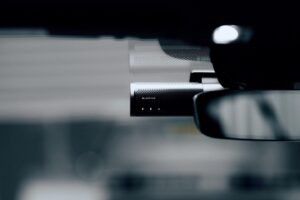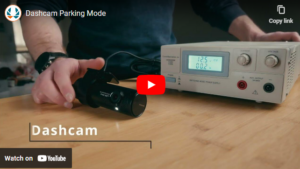
Buying Info
The Best Dash Cams Of 2023
Motorists are increasingly recognising the advantages of fitting their vehicles with dashboard cameras. Besides furnishing indisputable evidence in the event
Welcome to our blog here you can find product guides, reviews and helpful tips & tricks

Motorists are increasingly recognising the advantages of fitting their vehicles with dashboard cameras. Besides furnishing indisputable evidence in the event

What is Parking Mode? Round-the-clock protection Although dash cameras are intended to capture your driving, did you know that they
When purchasing a BlackVue dash camera you will likely want to have it hardwired. Firstly because it looks much neater than draping cables from your camera to the cigarette/accessory socket but also because it will give you access to the Parking Mode function. We offer two options for hard-wiring BlackVue dash cameras. Power Magic Pro Vs Battery Kit